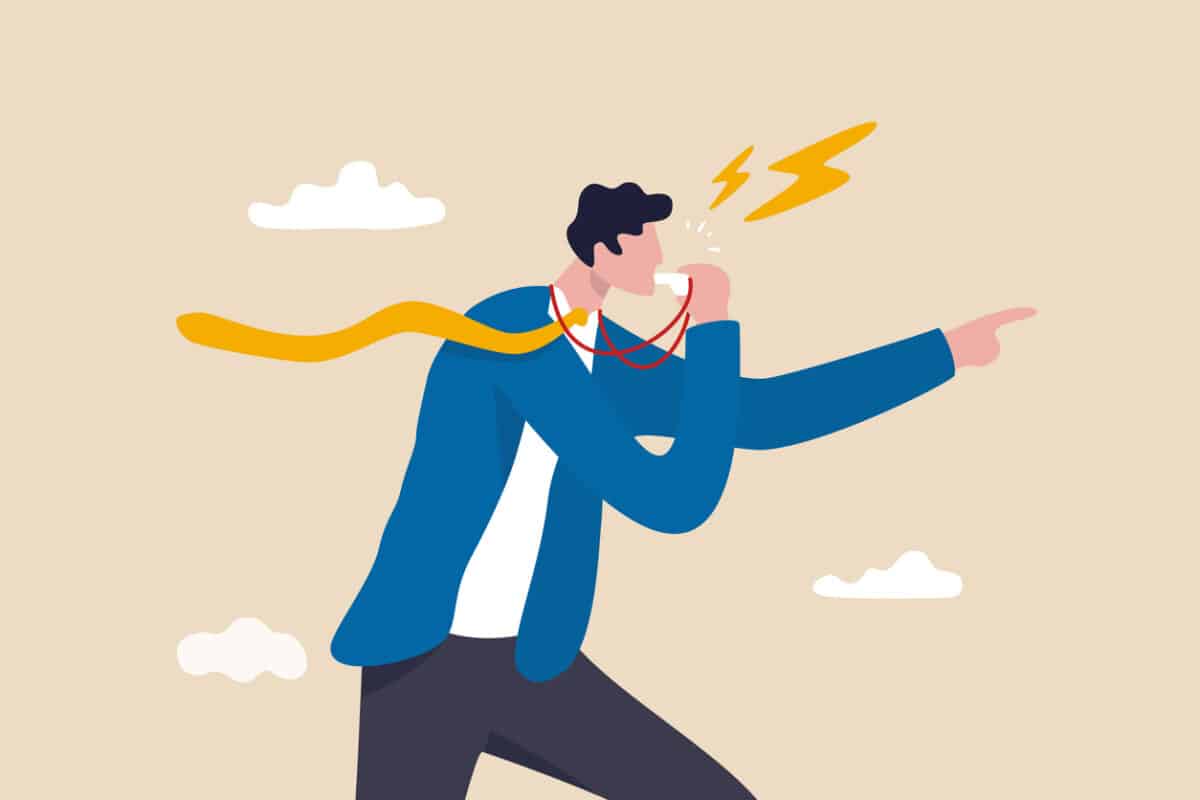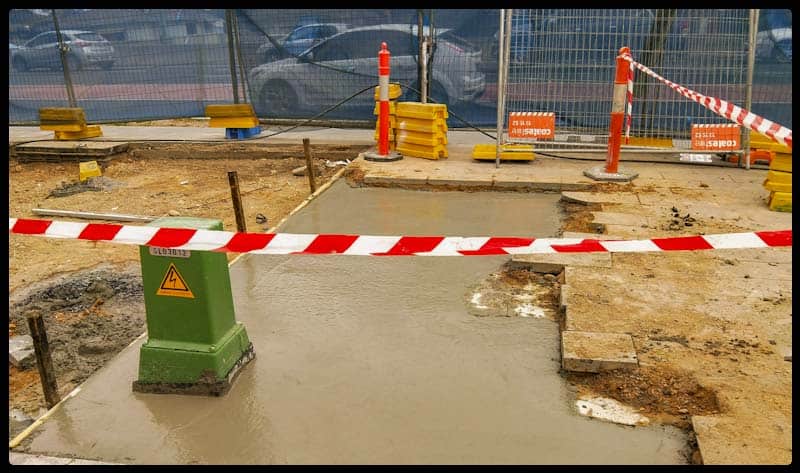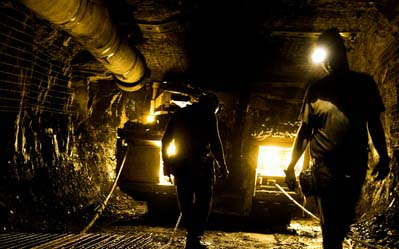Deterrence has always been a major aim of enforcing occupational health and safety (OHS) laws and prosecuting wrongdoers. But the legal system and medical coverage have become so convoluted that the deterrent potential has declined.
Category: executives
A new, safer work schedule or continuing employer “flexibility”?
SafetyAtWorkBlog has kept a watching brief on the Australian construction industry and its attempts to improve its workplace culture. On the initiative of no weekend work, there seems to be some dissatisfaction from Brookfield Multiplex, even though that company is a “contributing member ” of the Construction Industry Culture Taskforce (CICT), which advocates for no weekend work and a cap of 50 hours.
Action on Health and Safety is always a choice
Last week epidemiologist Hassan Vally wrote one article in The Age called either “Health or economy a false choice” or “COVID caution can be a win for both public health and business” (paywalled), depending on the sub-editor and format. Curiously one has a negative implication, the other, the opposite. Either way, the article illustrates the public health dichotomy that mirrors that of occupational health and safety (OHS).
OHS often requires a decision between profit or production and safety. Public Health deciders need to consider the interests of the public and the duties of government. I prefer the former headline because it states that this decision is a “choice”. Safety, occupational or public, is always a choice.
‘Enough was Enough’ over a decade ago and the mining industry failed to act then
The recent report on sexual harassment at West Australian mine sites deserves national attention for several reasons. The stories are horrific, partly because many of us thought such stories were in the distant past. The fact that many are recent should shock everyone into action.
The report “Enough is Enough”is highly important, but its newsworthiness seems disputable. Some media have covered the report’s release but the newsworthiness, in my opinion, comes less from this one report but from the number of reports and research on sexual harassment, bullying, abuse, disrespect and more in the mining sector over the last twenty years that have done little to prevent the psychosocial hazards of working in the mining and resources sector and especially through the Fly-in, Fly-Out (FIFO) labour supply process.
Look beyond employee perception surveys for clues about toxic workplaces
CNBC recently published an article called “These are the 5 biggest signs of a toxic workplace“. This American article by Jennifer Liu reflects a common approach in these types of articles of focussing on office-based work and not going beyond the Human Resources (HR) perspective, even when alternative data sources are available.
Those five signs are:
New Hopkins book aimed at CEOs
Professor Andrew Hopkins‘ latest book “Sacrificing Safety – Lessons for Chief Executives” complements Queensland’s Board of Inquiry into the Grosvenor mine fire in which five workers were severely burnt, a significant workplace incident for which the company, Anglo American, will not be prosecuted. Hopkins explains that the Board of Inquiry chose not to investigate the organisational causes of the incident; a situation this book seeks to redress.
The book starts with a bang in the Introduction, with a paragraph that will stay with me for some time due to its blunt honesty:
Questions beyond the “new view” of safety
Dr Tristan Casey has written an interesting discussion paper about clarifying the landscape of work health and safety innovation. According to Casey, innovation is the creation of new ideas, practices and more that add value for organisations over time. This integrates with one’s occupational health and safety (OHS) state of knowledge. Casey calls these WHS/OHS innovations as “new view” safety.
The SafetyAtWorkBlog has reported on many of these new concepts. Many concepts have great potential, but we must also examine the barriers to acceptance and implementation – the research to practice journey. Casey discusses some of those barriers.







